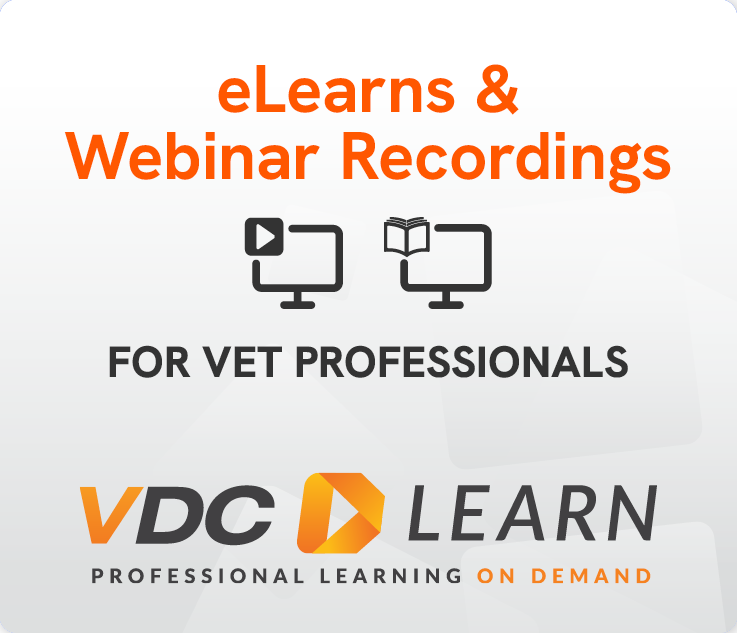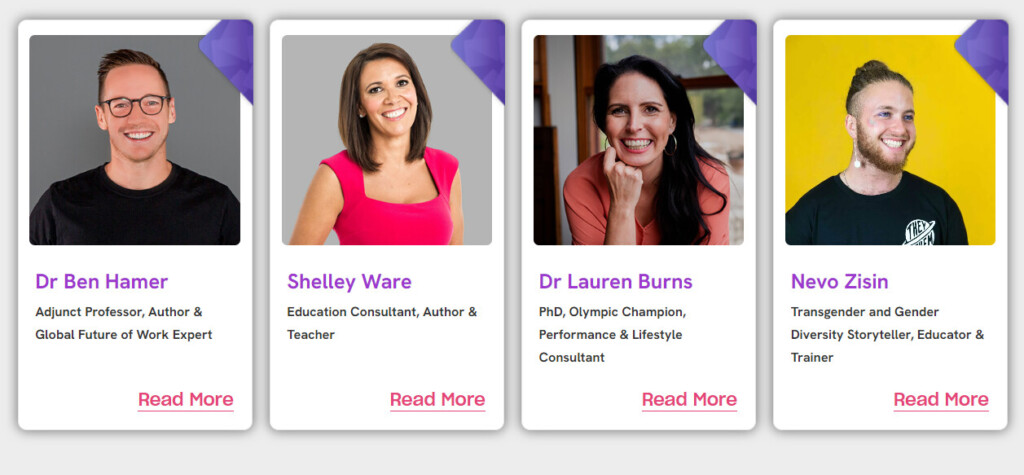The long-awaited report of the AQF review has just been released.
The review panel, chaired by Professor Peter Noonan, “is recommending substantial reforms to the AQF” but with a staged approach.
The AQF, maybe time for some change?
The Australian Qualifications Framework (AQF) has been a critical part of the Australian education and training system. It “defines the essential characteristics, including the required learning outcomes, of the 14 different types of qualifications issued across the senior secondary education, vocational education and training (VET) and higher education systems in Australia.”
Internationally the AQF was one of the first qualification frameworks in the game. Other qualification frameworks developed later had messages for how ours might change, so it was time for a review to look at ways it could be made more ‘up to date’ and ‘fit for purpose’.
VDC News highlighted the review in its early stages. The final report as well as an earlier discussion paper and links can be found on the review’s home page.
In providing a context the review the final report suggests that, today and into the future, qualifications “need to respond to current and emerging workforce and social needs to maintain their relevance and effectiveness.” They will also “need be delivered in ways that meet learners’ needs and circumstances, and be trusted by learners, employers and the community generally.”
It also notes that traditional qualification types are being “challenged by the ready availability of information through the Internet, declining trust in institutions and traditional sources of authority, with many gaining the skills and experience they need outside the formal education and training system.”
In addition, the availability and impact of new technologies are “transforming the world of work” with many current job roles becoming redundant. And, as we have reported in VDC News in past issues, new work roles involving human and digital skills are emerging. Like our previous articles, the review suggests that these new roles “place a premium on human aptitudes and capabilities, including the ability to understand, shape, interpret and reshape the use of technology … are also increasingly important.”
The review points out that workplaces are also transforming. “They are becoming more diverse and inclusive, more flexible in employment and work practices, and generally less hierarchical. Teamwork and collaboration are increasingly valued, as is collective rather than individual initiative and achievement.” Moreover:
“Employers have strong and growing expectations that graduates will be work ready and productive. In turn, employees expect to have their skills and capabilities recognised and rewarded with ongoing opportunities for career and personal development. Individuals will need to be able to manage multiple career transitions, and to build their own career paths and business opportunities, through continuous learning and development.”
What does the future hold for the AQF?
The report is extensive, covering a lot of ground, so we will attempt to hit some of the highlights. In outlining what the future holds we will look, as the review report does, at what the review found and what changes are recommended. First:
“The AQF has an overly rigid structure that hampers distinction between qualification types at the same level. This structure also imposes definitions that may undervalue some VET qualification types.”
So, that needs to change. In broad terms the review believes that the AQF needs to become less complex and more flexible.
The AQF’s treatment of general capabilities also needs to be revised to list key general capabilities for incorporation in qualifications as appropriate and stress that they should be taught in the context of a qualification’s core content.
As the report’s executive summary notes:
“As the nature of work changes and the emphasis on lifelong learning increases, employers and students will seek contemporary, transferable skills (general capabilities) from qualifications. Many capabilities can be acquired in the process of learning, but not all can be systematically assessed and reported. The AQF should clarify what general capabilities can be expected from AQF qualifications.”
The review also recommend that the Pathways Policy needs revision “to broaden guidelines for credit recognition across AQF qualifications and to define and provide for recognition of shorter form credentials, including micro-credentials, towards AQF qualifications.”
The development of a ‘prototype national credit points system’ is also proposed for voluntary adoption. And the review recommends that volume of learning now be expressed in terms of hours, not years.
In addition, they recommend the creation of a Higher Diploma at the same level as a Bachelor degree and renaming of VET certificates to reflect their purpose.
Finally, the review recommends that an ongoing governance body for the AQF be established “to give effect to decisions of the Review of the AQF and to provide advice on revisions to the AQF where required in the future.” In some respects this is ‘back to the future’ in that there used to be an Australian Qualifications Framework Council (AQFC), which was established in 2008 and disbanded in 2014.
The report suggests that the proposed governance body would be:
“accountable to the relevant Council of Australian Governments (COAG) councils, with representation from government, schools, VET, higher education, industry and professional bodies, to implement agreed reforms to the AQF, and with authority to convene and oversee technical working groups to undertake specialist tasks.”
The Commonwealth Government will now consider the review’s report, and we will let you know how they respond to it.
You can find a joint Ministerial release on the review here. Universities Australia and TAFE Directors Australia have also produced a joint opinion piece published in The Australian on 30 October last. It’s worth a read and advocates for “two strong systems — higher education and vocational education — working together to deliver the best possible results for Australians, and for our economy and our communities.”
And that would be nice to see this collaborative concept develop further too.








